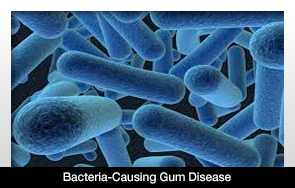 |
Oral health strategies to combat very high levels of tooth decay in children from deprived areas need to start from birth. That’s the conclusion of a large-scale study of the dental health of three-year olds published in the latest edition of the British Dental Journal.
Dental inspections of more than 4,000 children in Greater Glasgow carried out for the study found tooth decay (caries) in at least a quarter of the children examined. Amongst children from deprived areas, the incidence of decay was even higher, with a third of those surveyed exhibiting evidence of caries.
The number of decayed, missing, or filled teeth (dmft)—a commonly used measure for assessing oral health—in the children seen from the least deprived areas was 0.3. The researchers from the University of Glasgow Dental School reported an even higher dmft score for the children living in the most deprived areas (1.5). The examinations were conducted by dentists between 2006 and 2008.
“While there has been a significant improvement in the nation’s oral health over the past 40 years, this study highlights the depressing fact that poor dental health and inequality are closely linked from very early in life,” Andrew Lamb, BDA Director for Scotland, said. “Given that tooth decay is totally preventable, it’s unacceptable that social deprivation is still such a strong marker of poor dental health. This study reinforces the importance of providing support to children from deprived communities soon after they are born.
“We commend the progress made by Childsmile, which focuses not only on children attending nursery and primary schools, but also on identifying children at risk from birth. As part of Childsmile, assessments are carried out by health visitors in the first two weeks of life. As adult oral health can be predicted by childhood dental health, this targeted intervention is vital to closing the gap in oral health inequalities.”
 |










